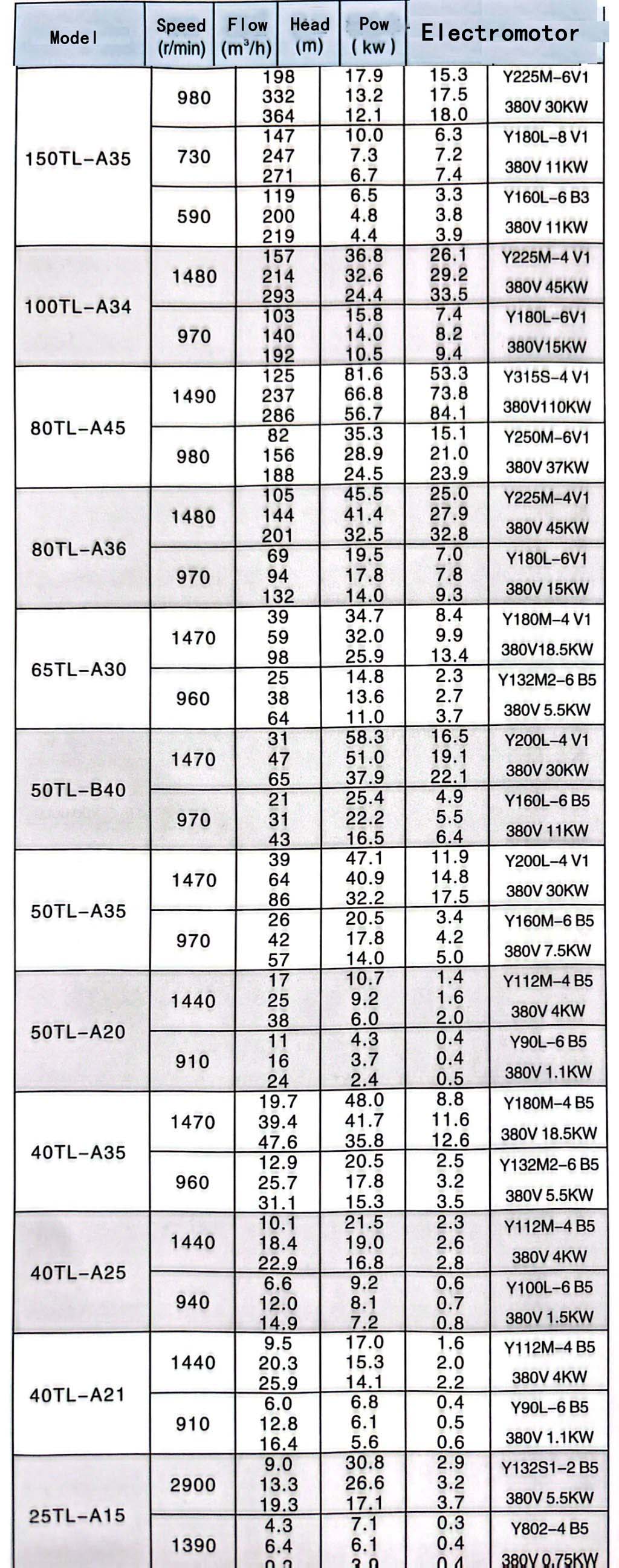Khmer
- Afrikaans
- Albanian
- Amharic
- Arabic
- Armenian
- Azerbaijani
- Basque
- Belarusian
- Bengali
- Bosnian
- Bulgarian
- Catalan
- Cebuano
- Corsican
- Croatian
- Czech
- Danish
- Dutch
- English
- Esperanto
- Estonian
- Finnish
- French
- Frisian
- Galician
- Georgian
- German
- Greek
- Gujarati
- Haitian Creole
- hausa
- hawaiian
- Hebrew
- Hindi
- Miao
- Hungarian
- Icelandic
- igbo
- Indonesian
- irish
- Italian
- Japanese
- Javanese
- Kannada
- kazakh
- Khmer
- Rwandese
- Korean
- Kurdish
- Kyrgyz
- Lao
- Latin
- Latvian
- Lithuanian
- Luxembourgish
- Macedonian
- Malgashi
- Malay
- Malayalam
- Maltese
- Maori
- Marathi
- Mongolian
- Myanmar
- Nepali
- Norwegian
- Norwegian
- Occitan
- Pashto
- Persian
- Polish
- Portuguese
- Punjabi
- Romanian
- Russian
- Samoan
- Scottish Gaelic
- Serbian
- Sesotho
- Shona
- Sindhi
- Sinhala
- Slovak
- Slovenian
- Somali
- Spanish
- Sundanese
- Swahili
- Swedish
- Tagalog
- Tajik
- Tamil
- Tatar
- Telugu
- Thai
- Turkish
- Turkmen
- Ukrainian
- Urdu
- Uighur
- Uzbek
- Vietnamese
- Welsh
- Bantu
- Yiddish
- Yoruba
- Zulu
Telephone: +86 13120555503
Email: frank@cypump.com
តុលា . 18, 2024 04:41 Back to list
Choosing the Right Sump Pump for Efficient Septic System Management
Sump Pumps for Septic Systems Essential Components and Considerations
When it comes to managing wastewater efficiently in rural areas, septic systems play a vital role. These systems are designed to treat and dispose of sewage and wastewater from homes that are not connected to a centralized sewer system. However, in some situations, septic systems may require additional assistance to function effectively, especially when groundwater levels rise or when the soil’s absorption capability is compromised. This is where sump pumps become an indispensable component.
Understanding Sump Pumps
A sump pump is a device installed in the lowest part of a basement, crawl space, or septic tank to remove accumulated water. In the context of septic systems, the sump pump is tasked with diverting excess water that could otherwise overwhelm the system or lead to flooding. This is particularly crucial in areas prone to heavy rainfall or those with high groundwater tables that can infiltrate septic tanks, compromising their ability to function correctly.
Types of Sump Pumps
There are primarily two types of sump pumps submersible and pedestal.
1. Submersible Sump Pumps These are designed to be fully submerged in water. They are typically more powerful and quieter than pedestal pumps. Submersible sump pumps are ideal for septic systems that require a robust solution to handle larger volumes of water.
2. Pedestal Sump Pumps These units are mounted above the sump pit and use an extended shaft to reach the water. While they may be less powerful than submersible pumps, they are generally easier to maintain and repair. They are suitable for smaller septic systems or in situations where space is limited.
Installation Considerations
When installing a sump pump for a septic system, several factors need to be taken into account
- Location The sump pump should be installed in an area of the septic tank where water accumulates. This ensures efficient operation and helps prevent flooding.
sump pump for septic systems

- Electrical Supply Sump pumps require a reliable electrical source. It is critical to ensure that the electrical system can safely handle the pump’s demands, and it is advisable to have a backup power supply, such as a generator, to keep the pump operational during power outages.
- Pump Size and Capacity Selecting the right size and capacity for your sump pump is crucial. This depends on factors like the expected volume of water to be pumped out and the depth of the sump pit. A professional installer can help determine the right specifications based on your specific needs.
- Maintenance Regular maintenance of the sump pump ensures its longevity and efficiency. This includes routine checks for clogs, testing the pump to ensure it operates correctly, and cleaning any debris that might obstruct its functionality.
Benefits of Using Sump Pumps in Septic Systems
Implementing a sump pump in a septic system offers several benefits
- Prevention of Overwhelming Water Levels Sump pumps help manage excessive water, preventing potential backups and overflows that can damage the septic system and lead to costly repairs.
- Enhanced System Longevity By reducing the volume of excess water entering the septic tank, sump pumps help maintain the efficiency of the system and extend its lifespan.
- Reduced Odor and Environmental Concerns Properly functioning septic systems mitigated by sump pumps can reduce odors and prevent potential contamination of local groundwater resources.
Conclusion
In summary, the integration of sump pumps into septic systems is a crucial measure for many homeowners, particularly in areas with high water tables or significant rainfall. They serve as a reliable solution for managing excess water, protecting the septic system from damage, and ensuring efficient wastewater treatment. Proper installation and maintenance of sump pumps can provide peace of mind, safeguarding both the home and the environment. For homeowners considering a sump pump, consulting with a qualified professional can help assess individual needs and ensure optimal performance of the septic system.
-
Heavy-Duty Mining Sludge Pumps - Wear-Resistant Slurry Handling
NewsAug.02,2025
-
Horizontal Split Case Pump with GPT-4 Turbo | High Efficiency
NewsAug.01,2025
-
ISG Series Pipeline Pump - Chi Yuan Pumps | High Efficiency, Durable Design
NewsAug.01,2025
-
Advanced Flue Gas Desulfurization Pump with GPT-4 Turbo | Durable & Efficient
NewsJul.31,2025
-
ISG Series Vertical Pipeline Pump - Chi Yuan Pumps | Advanced Hydraulic Design&Durable Construction
NewsJul.31,2025
-
ISG Series Vertical Pipeline Pump - Chi Yuan Pumps | Energy Efficient & Low Noise
NewsJul.31,2025










